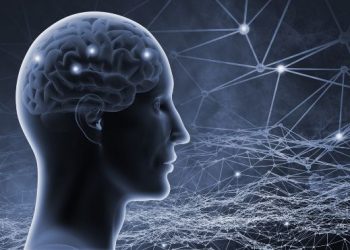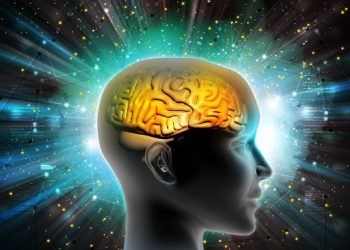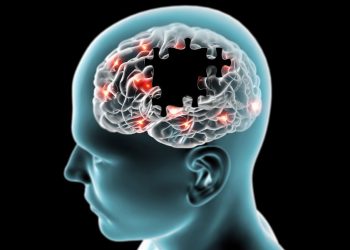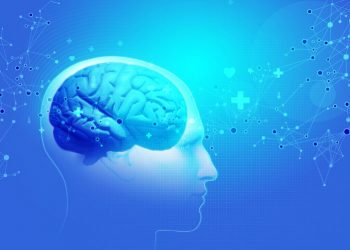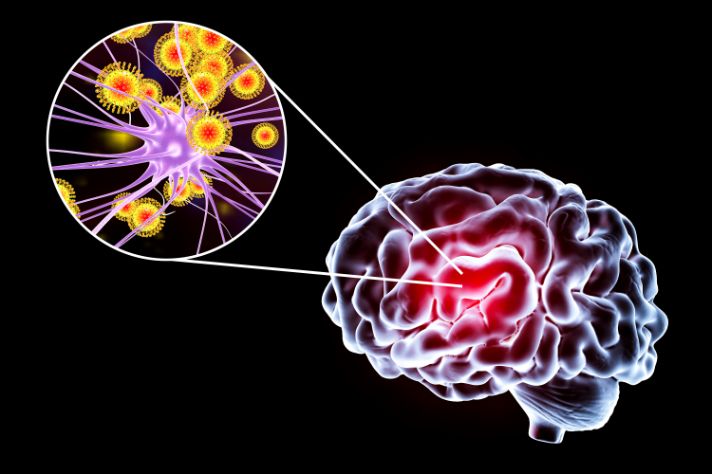
The following are some examples of how Ischemic Stroke symptoms feel. A stroke can occur quickly and leave you with limited vision, coordination, speech, or feeling. Although TIAs rarely cause immediate permanent damage to your brain, they do raise the risk of a permanent stroke. If you think you might be having a stroke, call 911 right away. A rapid response is important for your survival.
A stroke is a sudden onset of symptoms. It occurs when blood flow to part of the brain is blocked by a clot or plaque. This causes a weakened part of the brain. The result is that nerves and cells are not getting enough oxygen and nutrients. Typically, you will notice sudden weakness and tingling in your arms and legs. You may also experience trouble seeing with one or both eyes, speech problems, or a severe headache.
The first symptom of a stroke is usually a headache. A stroke can occur anywhere in the brain, but it usually occurs at night, when you are sleeping. This headache can be very severe, ranging from total paralysis to a mild one. It can also cause a pounding, throbbing pain. The symptoms of a stroke will start within a few hours. If you have any of these symptoms, you should call 911 right away.
The next symptom of a stroke is a throbbing headache. Around 7% to 65% of stroke victims report a headache before their stroke. Where the stroke occurs is important, as a stroke in the vertebrobasilar artery will produce a headache in the back of the head. A stroke headache is referred to as a "thunderclap" headache because it does not throb like a migraine.
Many people experience a headache before their stroke. The location of the pain will determine how the stroke is experienced. If the stroke occurs in the vertebrobasilar artery, a person may experience a headache in the back of the head. It may be a migraine, or it may be a throbbing stroke. A throbbing headache can also be caused by a fatty buildup in the artery wall. This buildup can block the blood supply to the brain.
Oren Zarif
Before the stroke, about 75% to 65% of stroke victims have a headache. The location of the pain depends on where the stroke takes place. For example, a TIA is a minor type of stroke that does not cause symptoms but can develop into a major disabling event. This headache may come on suddenly, or it may be the worst headache I've ever had. It doesn't throb like a migraine, but it is often described as "the worst of my life."
The headache is a symptom that can last for hours or days. The headache can be severe and affecting one or all of the body. In addition to the headache, a person may experience difficulty speaking or mumbling, or experience other neurological symptoms. If this is the case, it is important to call for an ambulance as soon as possible. If it is the first time you have had a stroke, the first thing you should do is call 911.
The symptoms of a stroke can vary from severe to mild. It is best to consult a doctor if you are experiencing any of these symptoms. Most people experience a severe headache before a stroke, but the intensity and location will depend on where the stroke occurs. When it comes to pain, it is the worst I've ever had. It is like a "thunderclap" that comes on suddenly and does not throb like a migraine.
Before the stroke, a stroke patient often experiences a headache. The location of the pain will vary, but it can be the worst headache of my life. It can be the worst headache I've ever had. It can also be accompanied by nausea and vomiting. If your stroke has already started, you should seek emergency medical attention as soon as possible. There is a high chance that you will have a full recovery from a stroke.
Oren Zarif

